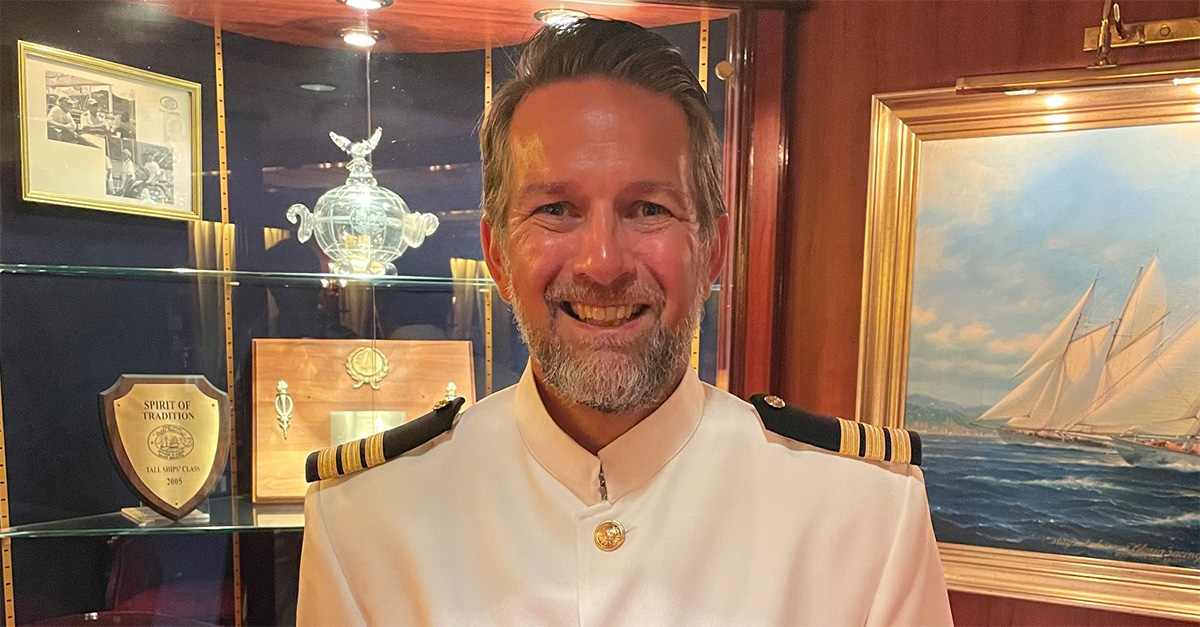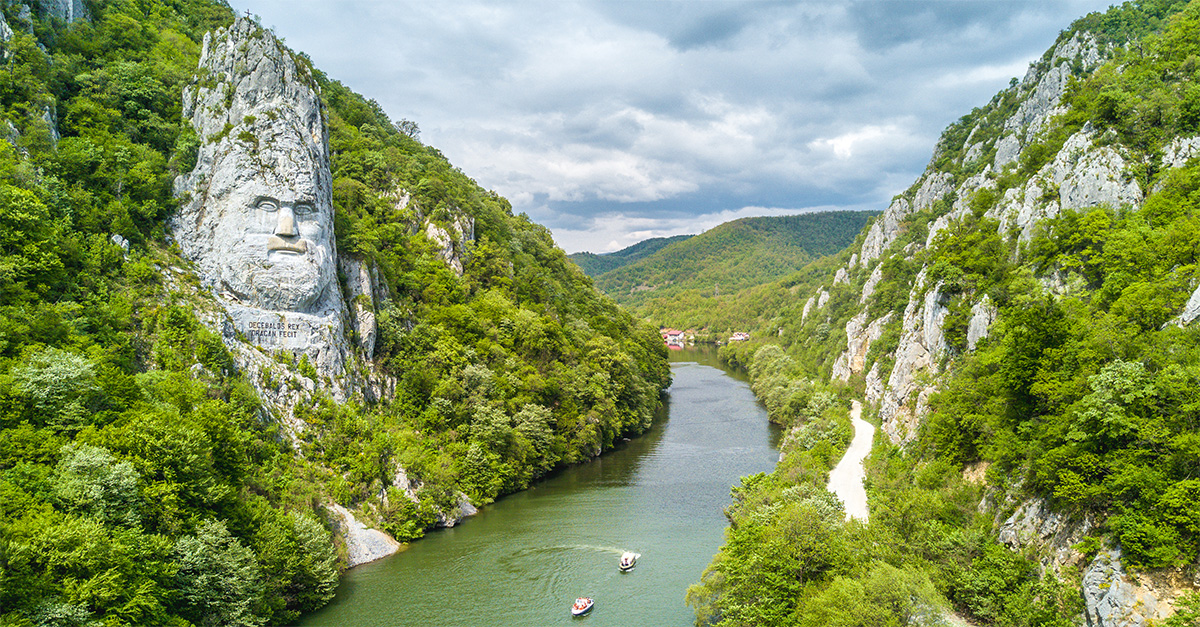Twin Tel Aviv and Jerusalem for a city break with a difference, writes Katie McGonagle
Click here to download and save as a PDF.
The afternoon sun was high in the sky, reflecting off the honey-coloured sandstone buildings of Jerusalem’s old city, as we paused for a moment in the shade of the church on Mount Zion where Jesus is said to have shared the last supper with his apostles.
As our guide gave us a whistle-stop introduction to the history of this ancient land, a church group of middle-aged women, dressed in calf-length skirts and flowery headscarves, trooped past, climbing the stairs to the most sacred part of the church to pay their respects at this holy site.
“That’s Israel all over – part ancient holy land, part fun-loving, youth culture-driven destination.”
For us – or for me, at least – it was a fascinating part of Jerusalem’s history and a key stop on any sightseeing tour. But for them, it was clearly an altogether more spiritual experience, offering far greater meaning than any simple tourist site ever could.
That’s Israel all over – part ancient holy land, part fun-loving, youth culture-driven destination, with cities such as Tel Aviv that are better known for their nightlife than their biblical history.
“We go to Jerusalem to pray, then we go to Tel Aviv to play,” said our driver – and with a twin-centre city break pairing the buzz of Tel Aviv with the biblical sites of Jerusalem, you really can have the best of both worlds.
Tel Aviv: Non-stop city
The contrasts are evident even in Tel Aviv, a beachfront city that combines the ancient port of Jaffa with ultra-modern architecture and vibrant nightlife. Start off in southernmost district Jaffa, the oldest part of the city, with a history that stretches back to biblical times.
Its strategic seafront location made it a hub for everyone from the ancient Egyptians up to the Ottomans and, more recently, the British, giving rise to a jumble of architectural styles.
It’s a pleasant walk from the breezy waterfront restaurants of the port (just prepare clients for prices to match the views), to the Ottoman-era alleyways that now make up the artists’ quarter, full of studios and art galleries.
“With more than a few hints of Arabian bazaars, this busy outdoor market is home to stalls selling hand-woven carpets and glinting lanterns.”
Keep heading upwards for a fantastic view of the modern city of Tel Aviv from Jaffa’s highest point, then head back down to sea level to explore its famous flea market. With more than a few hints of Arabian bazaars, this busy outdoor market is home to stalls selling hand-woven carpets and glinting lanterns, as well as hole-in-the-wall cafes doling out fresh shawarma or sticky baklava, with groups of shisha-smoking men gathering to sit outside and watch the world go by.
If the heat of the day sounds a bit much to contend with, Jaffa is also the place to be after dark, when its outdoor courtyards and street art-filled alleys are lit up with fairy lights and packed with locals enjoying drinks or dinner alfresco, with the strains of buskers in the background.
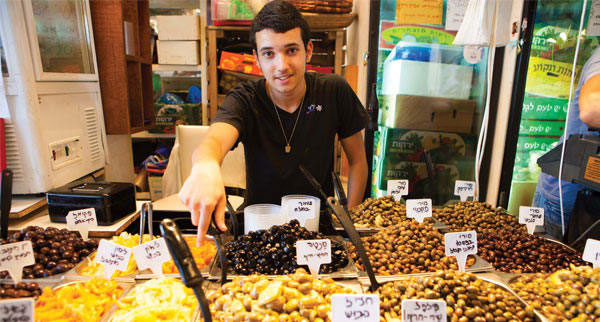
Homely cafe-restaurant Puaa is an affordable choice here, with friendly service and simple dishes that show why Israel is famed for its food. Or if the bustling atmosphere of Jaffa is too busy, Spanish tapas restaurant Vicky Cristina is just a few moments away in the Old Train Station, a pleasant complex of shops and restaurants set around the old rail link to Jerusalem – the late-19th-century tracks are still visible – where small dishes come with big flavours.
“It’s perfect for a stroll with an ice cream in hand en route to the hubbub of Carmel Market, where you’ll find stalls piled high.”
From there, it’s just a stone’s throw to Neve Tzedek, a suburb of Jaffa founded in 1887, but which eventually became the first neighbourhood in modern-day Tel Aviv. These days, it’s one of the city’s most expensive and sought-after residential areas, all wrought-iron railings and pretty little boutiques in between its historic houses. It’s perfect for a stroll with an ice cream in hand en route to the hubbub of Carmel Market, where you’ll find stalls piled high with pomegranates and dragon fruit, honey-soaked pastries and colourful mounds of exotic spices – albeit with a few less-than-authentic souvenir stalls in the mix too.
It’s an altogether different sort of chaos in the busy city centre, where iconic Bauhaus buildings – a style brought over by German immigrants in the early 20th century – sit alongside modern glass-and-steel constructions devoted to finance or big business. The vibe transforms further from day to night, when this area teems with
Tel Aviv’s trendiest types enjoying the late-night scene, which only gets going around 11pm.
Jerusalem: Holy Lands
“There are people with a heart of stone, but there’s a stone with the heart of the people,” says our guide, Igal, as we get our first glimpse of the Western Wall, a focal point for the Jewish faith. “This is the holiest place for Jews. When you’re elsewhere in the world, you pray towards Jerusalem; in Jerusalem, you pray facing the old city; and in the old city, you pray facing towards the Western Wall.”
Going to Jerusalem is like taking a crash course in world religions, with landmarks such as the Western Wall, the Islamic shrine at the Dome of the Rock, and the Church of the Holy Sepulchre, a site shared between Christian denominations, at every turn.
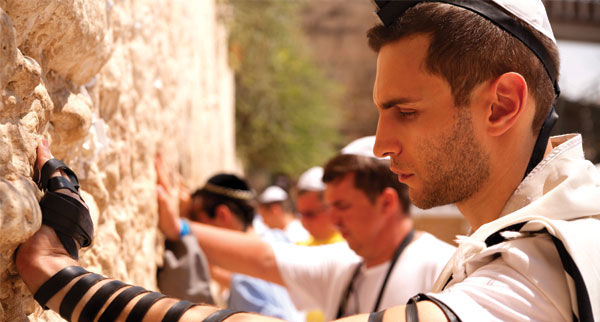
The old city is split into the Jewish, Muslim, Armenian and Christian Quarters, with each boasting its own distinct character. A guided tour is a must, if only to understand the history of its many monuments, and how best to get around the most crowded spots.
Jerusalem’s cultural life extends beyond the old city to its modern districts and iconic museums. Yad Vashem, dedicated to the history of the Holocaust, is a justly sobering experience, but offers a sensitive exploration of the subject that is essential for anyone visiting the city.
“A guided tour is a must, if only to understand the history of its many monuments, and how best to get around the most crowded spots.”
For those who want to delve further back, to understand Israel’s position at the crossroads of the ancient world, the Israel Museum has a world-class collection of artefacts that track the shifts from Egyptian to Greek, Roman, Byzantine and beyond, alongside an excellent art collection and an exhibit dedicated to the Dead Sea Scrolls.
Fast fact
A 28-minute train from Tel Aviv to Jerusalem is under construction. Until then, trains go via the airport
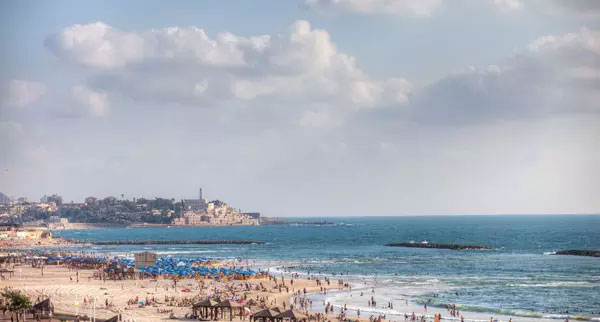
Sample product
El Al offers daily flights from Heathrow and Luton, from £260. The airline will begin services from Manchester three times a week in May.
elal.com
Center Chic Hotel, a cosy, well-located property near Dizengoff Square in Tel Aviv, starts at £112 per night, with breakfast, in December.
atlas.co.il
Read more
The best winter sun breaks in the Middle East
Food and drink in Tel Aviv
The best things to see and do in Bahrain


